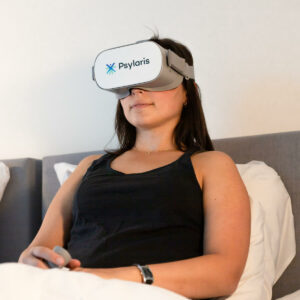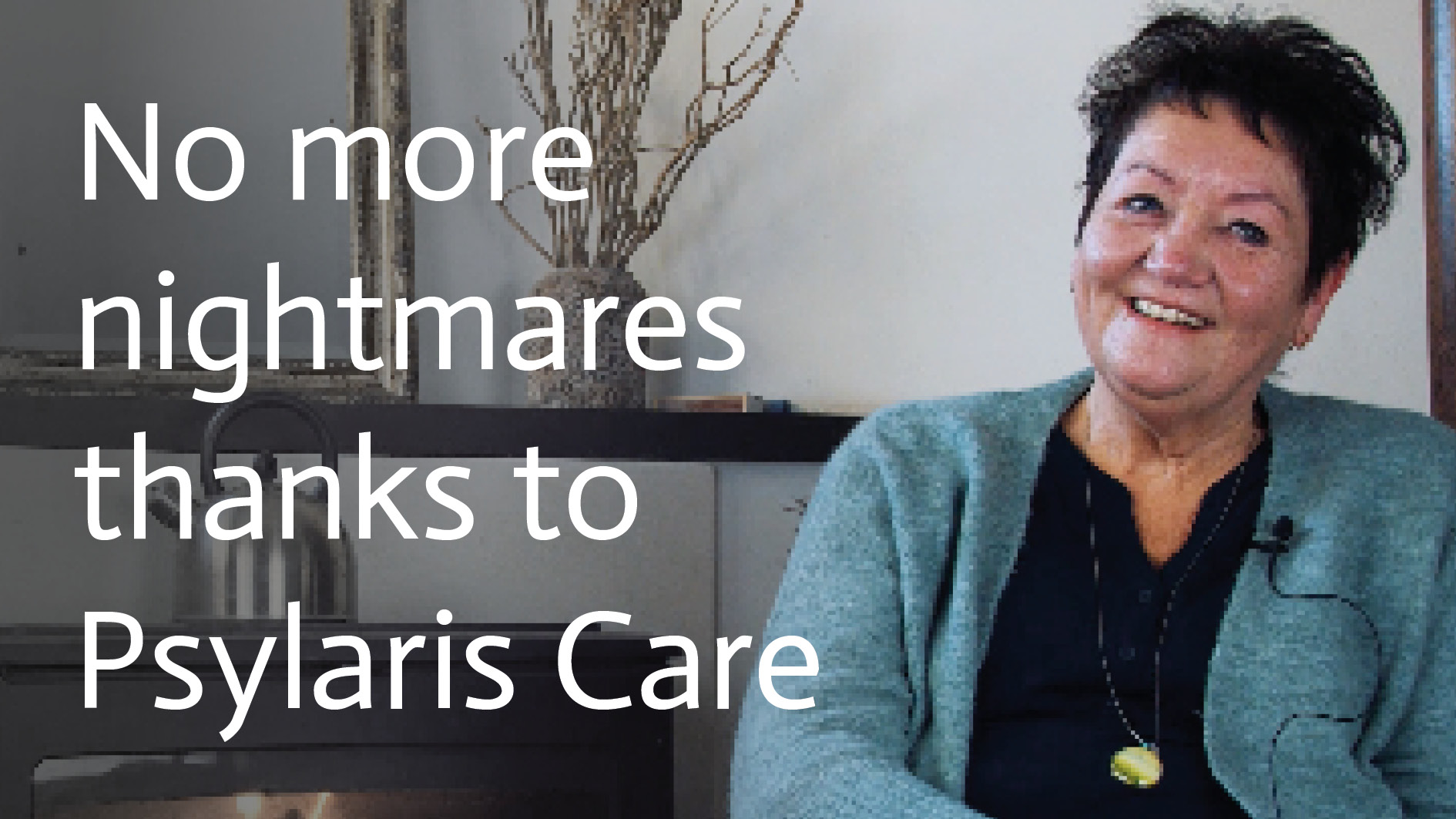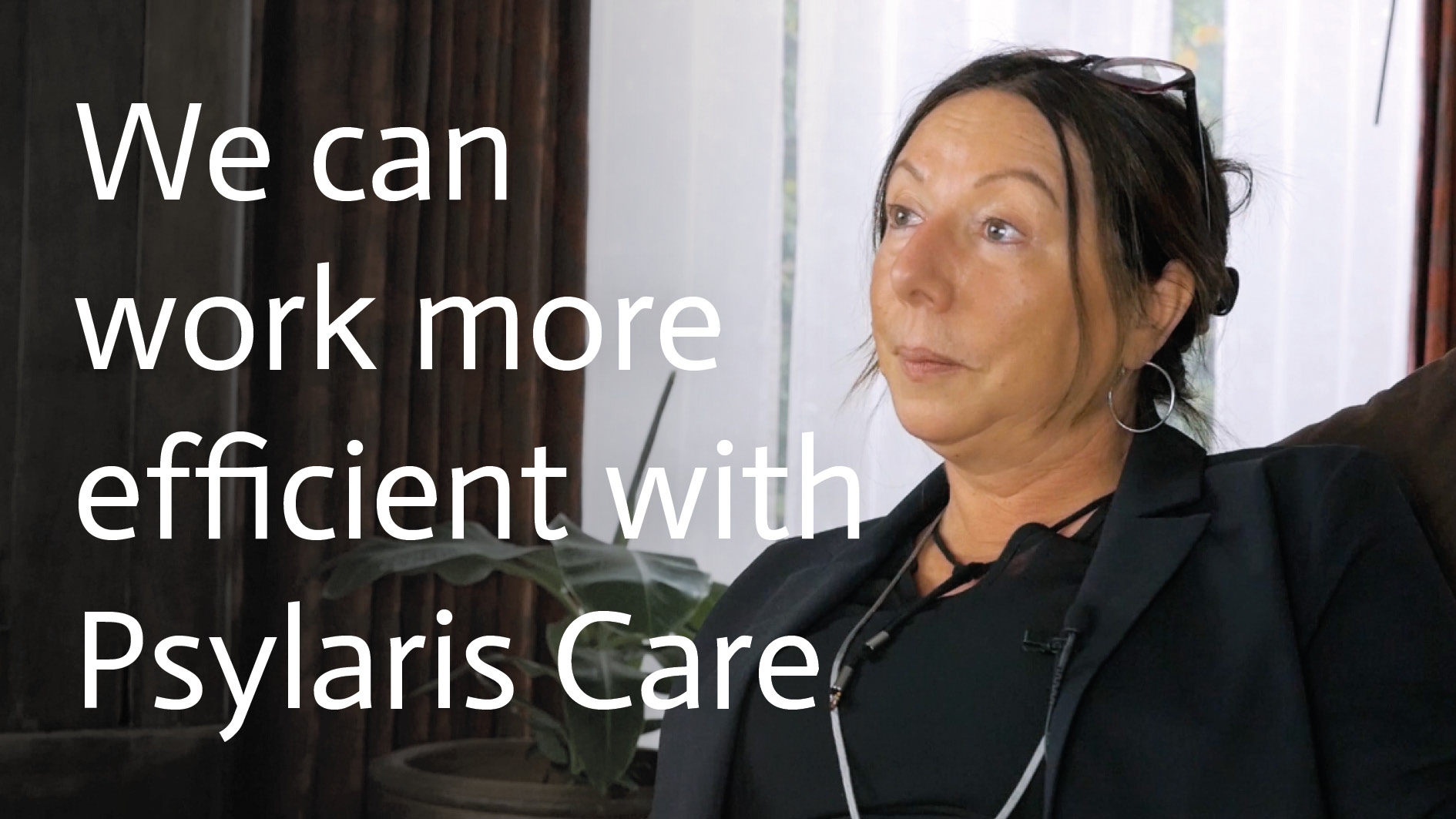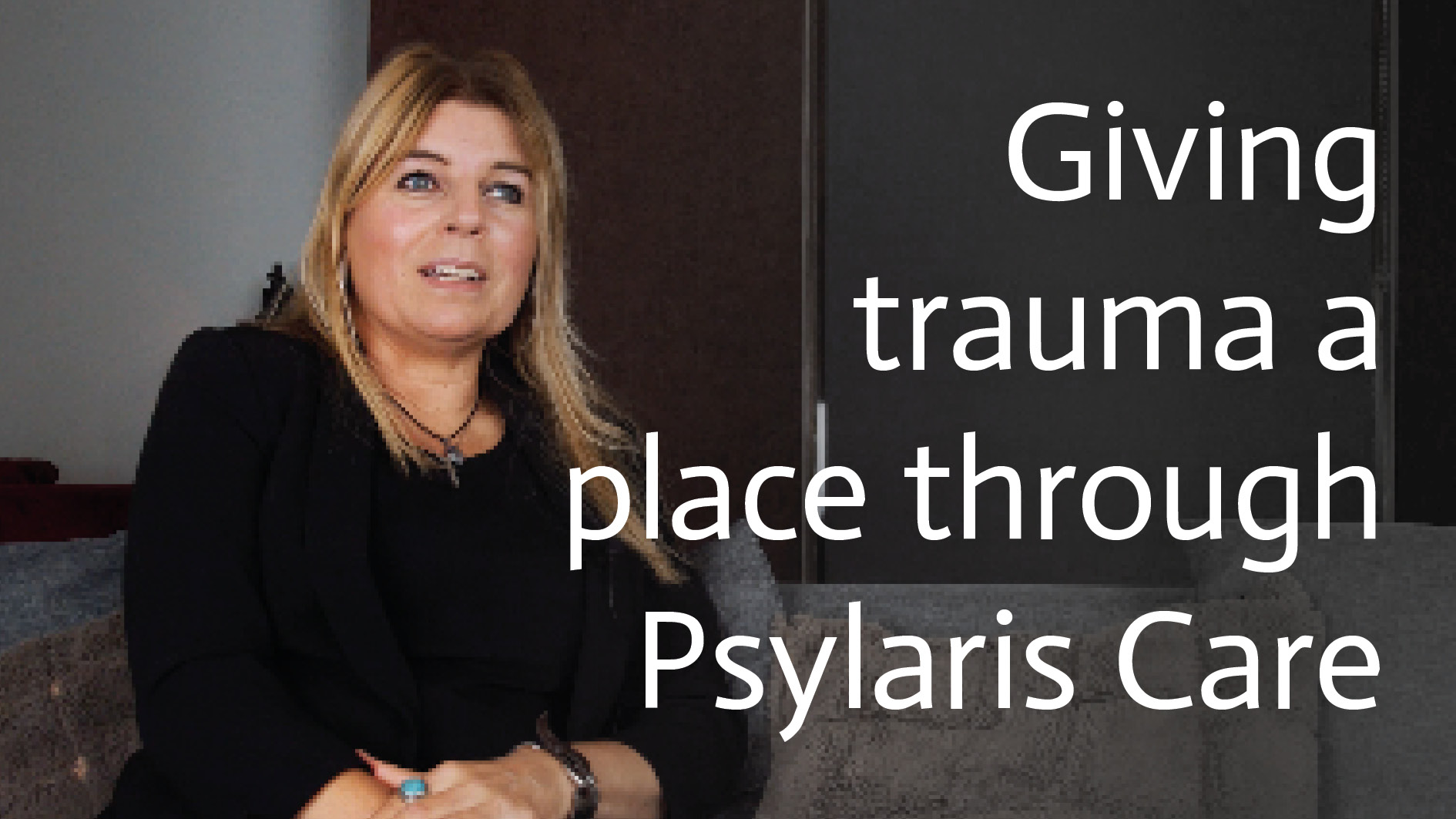Examples Virtual Reality Therapy
It is important that the mental health sector continues to develop and invest in new means to improve therapies. Nowadays, the latest digital possibilities can easily be used for this. A modern technique that is already being used on a relatively large scale, but is only just starting to appear in mental health care, is Virtual Reality (VR). The possibilities of VR are very extensive, as the large-scale use in certain sectors already proves. In the GGZ, VR is very suitable, for instance, for fears and phobias.
What is Virtual Reality
As the name suggests, with VR you make the virtual world a reality. It is possible with VR to escape from the present reality for a moment and step into another reality. This can be a virtual world where you end up in an animated world, but also with real video images filmed at 360°. All this is shown to you through the VR glasses. The VR glasses are the entrance to your new reality, because they close your eyes completely. You literally enter another world. This world moves along with you, as you look around, walk or perform certain actions. The experience in this virtual world feels lifelike.
What are the current applications of Virtual Reality?
There are various industries that already make extensive use of VR. Examples can be found in the military industry. VR is an ideal and, above all, inexpensive means of operating aircraft and training soldiers for war situations. Project developers use VR to let their clients walk around in a house or building that has yet to be built. If this is drawn in full 3D, it can serve as an environment in which the customers can walk around with VR glasses on. VR is also very helpful in the medical world, for example when simulating operations for trainee surgeons.
What does Virtual Reality mean for anxiety and panic attacks?
Virtual Reality lends itself perfectly to VR therapy for patients with anxiety and panic attacks and also if you suffer from a phobia. The fact is that in a virtual world you are confronted with your fears again. You cannot just leave, unless of course you take off the glasses or the therapist stops the image. This, of course, is not the intention. To get rid of your fears or phobia, you have to undergo this confrontation. That is why it is wise to follow Virtual Reality therapy under the guidance of the therapist in the first instance. By being confronted with a certain situation virtually, you get used to it and you will also notice that nothing serious happens. You can use Virtual Reality therapy to get a certain situation under control, so that anxiety and panic attacks do not occur or that you even get rid of a phobia.
Examples Virtual Reality Therapy
A well-known example of therapy with Virtual Reality is the fact that people have become socially isolated by avoiding certain situations. If you have had a panic attack in a public space, you will start to avoid this space. There are more public places than you might expect. Just think of the street you walk down, the supermarket, the market or public transport. With VR glasses you are placed in one of these situations and you experience that nothing has to happen. In this way it is possible to get rid of a certain fear. A phobia of certain animals can also be treated with VR therapy, in which you come into virtual contact with these animals and learn to overcome your fear.
The VR glasses from Psylaris
Psylaris develops modern tools for the mental health care sector. Psylaris also has its roots in the mental health care sector, so the company is aware of the need for resources. Thus, Psylaris has released VR glasses, along with various modules for different types of therapy. For example, EMDR therapy can be given through VR, there is a special module for treating anxiety and a module to combat stress and tension. These modules for the VR glasses are an asset to both the therapist and the patient.








